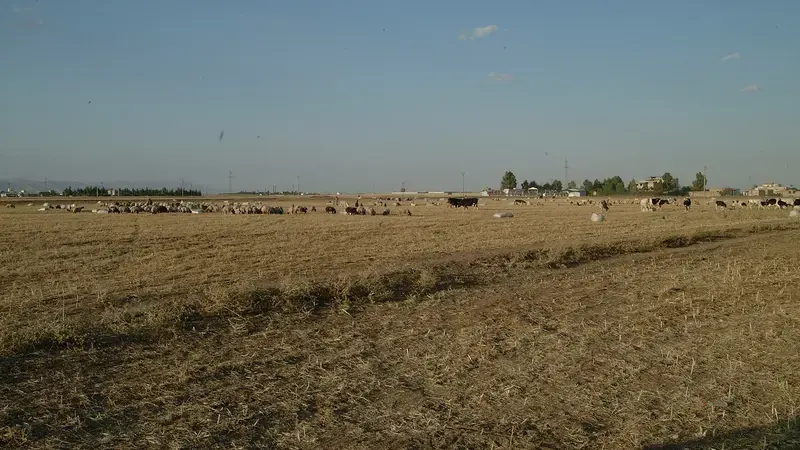What drives migration and remittance behaviors?

An in-depth study identifies the main drivers of migration and remittance behavior – yielding crucial information that decision makers can use to harness the benefits of migration and enhance rural development.
Even before the current conflict, migration was a common feature of Syria’s rural areas – helping rural households to diversify their income, invest in productive assets, and secure insurance against crop failures and the loss of livestock. Understanding migration could help decision makers create policies that maximize development impacts.
ICARDA investigated the causes of rural out-migration and the determinants of remittance behavior, focusing on a region to the south of Aleppo suffering widespread depletion and degradation of natural resources, low average annual rainfall, and extreme poverty.
Some 349 migrants were surveyed in 2010, yielding information on migrant profiles, communities, and households. Researchers then simulated an ‘empirical multi-nominal logit model,’ a classification method used to predict the probabilities of different potential outcomes – estimating the effects of individual, family, and community characteristics, and the availability of opportunities.
Factors controlling migrant destinations
Results suggest migration destinations are influenced by the sending area: migrants from areas with cropping patterns that required more labor tended to remain in Syria so they could help farm family lands when needed. Conversely, migrants with fewer livestock heads had a higher propensity to migrate abroad.
Poverty status was also significant. Poor people tended to migrate within Syria because they could not afford the costs of international migration; as did the young, possibly because a lack of experience precluded younger migrants from taking advantages abroad.
Factors controlling remittance behavior
There was a positive relationship between remittances and per-capita land and livestock heads, suggesting that migrants are expected to invest in household assets. However, migrants from areas with degraded natural resources also sent more remittances, presumably because households needed additional income.
Remittances decreased as migrants aged, possibly the result of illness or the physical demands of labor, but increased when the household head was female – attributed to the role migrants play as insurers, given that most female-headed households were poor.
Maximizing development impacts
The task now is to use this evidence to inform the design of appropriate policies. Given the importance of remittances to rural households, a good place to start is the provision of remittance-related products such as savings, which strengthen the social protection of households and enhance access to business and financial services, helping to stimulate local economies.
This research was supported by the International Development Research Center of Canada (IDRC).
The article is based on a peer-reviewed paper published in the Journal of Migration: ‘Migrants from marginal dry areas in Syria: destinations, employment, and returns.’
Author: Boubaker Dhehibi (ICARDA).
